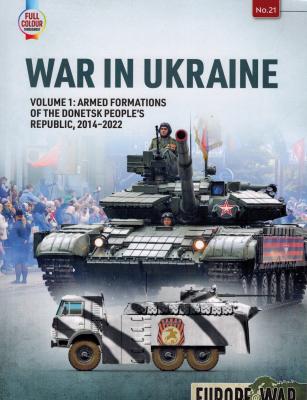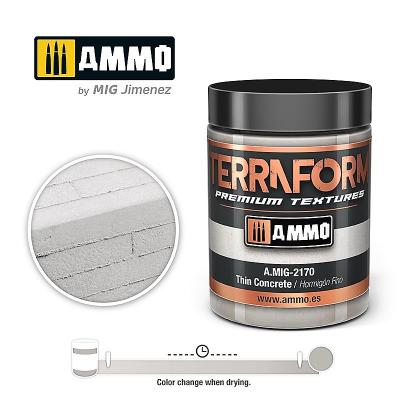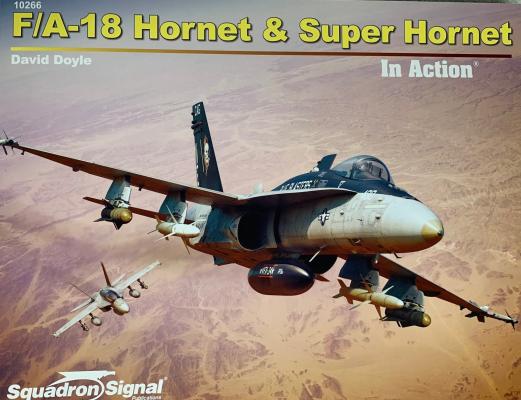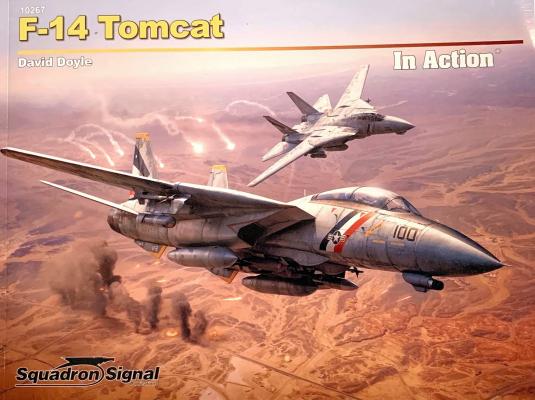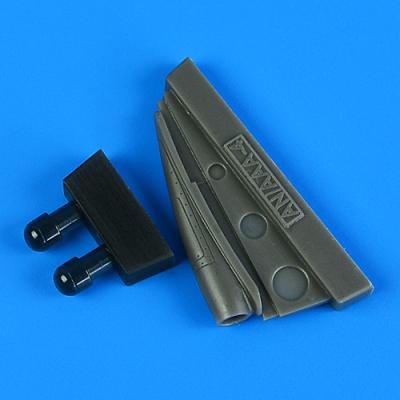This is book #21 of the series Europe @ War series. The book is also, Volume #1 of a subseries dealing with the war in Ukraine. In this book the information deals with the Donetsk People's Republic (DPR). The book consists of an Introduction, 10 Chapters, as well as a conclusion and bibliography. Within text you will find a breakdown of The Minister of Defense, and a known order of battle of the DPR and 21 profiles dealing with the equipment and personnel of the DPR. Many of the photos consist of unit patches, magnets and postcards. The postcards were issued by the DPR and are under the name of "Gold Star Heroes."
Welcome to the IPMS/USA Reviews site!
Introduction: The primary organization of the IPMS/USA Review website is by IPMS/USA National Contest Class. Within each Class there are sub-menus by kits, decals, books, etc. The Miscellaneous Class is for items that are not class specific or that cross two or more classes.
IPMS/USA Members: We encourage you to submit reviews, both here and to the Journal. To volunteer for membership in the IPMS/USA "Reviewers Corps" and submit your own reviews, please read the Guidelines For Submitting Product Reviews.
Manufacturers, publishers, and other industry members: IPMS/USA is pleased to offer your company the opportunity for product reviews. All product reviews are performed by IPMS/USA members, and are posted in the publicly-accessible section of our website. With very few exceptions, we perform full build reviews of new kit releases, aftermarket products, and supplies. If you would care to provide product samples for review, please contact John Noack, IPMS/USA 1st VP.
To learn more about IPMS/USA, please see our About Us page.
AMMO's Terraform Premium Textures series includes a number of different shades of texturing material for your next project. Or if you are just in the mood for a new landscaping adventure. The subject for today's missive is their Thin Concrete.
This product comes in a 100ml tub and as is the case with all of AMMO's texturing products, is water soluble. A fact that came in handy as my sample was a tad dry. I added a little distilled water which returned the texturing material to a more malleable state. These products can also be mixed with any acrylic based paint or other textures. It should be noted that the dried material does make convincing street or building rubble.
Squadron’s in Action series is back!
This volume covers the F/A-18 Hornet, Super Hornet and the E/A-18G Growler and it was one of the pending titles that had been announced before the Squadron Shop went into bankruptcy and its assets were auctioned off a couple of years ago.
The book follows the familiar “In Action” format starting with a brief history of the development of the F/A-18 for the United States Navy and Marine Corps starting with Northup’s YF-17. There are brief discussions of the various versions of the aircraft starting with the F/A-18 A & B models, followed by the F/A-18 C & D models, then the F/A-18 E & F Super Hornets and finally the E/A-18G Growler. Following each section of text are numerous color photographs illustrating airframe details and some of the markings worn by each of the variants as well as the upgrades that were made to the different versions over the years to keep up with advances in electronics and weapons.
This volume covers the F-14 Tomcat and is one of the new books recently released in connection with the return of Squadron Signal Publishing.
A funny thing happened on the way to preparing this review. I could not find this item on the Quickboost web site, the Aires web site on on any of the on-line retailers that I normally buy from. However I did find it listed with Super-Hobby for $7.43. For those modelers wishing to purchase this set you may need to search to find a supplier.
Background (from Wikipedia)
An infrared search and track (IRST) system (sometimes known as infrared sighting and tracking) is a method for detecting and tracking objects which give off infrared radiation, such as the infrared signatures of jet aircraft and helicopters. IRST is a generalized case of forward looking infrared (FLIR), i.e. from forward-looking to all-round situation awareness. Such systems are passive (thermographic camera), meaning they do not give out any radiation of their own, unlike radar. This gives them the advantage that they are difficult to detect.











